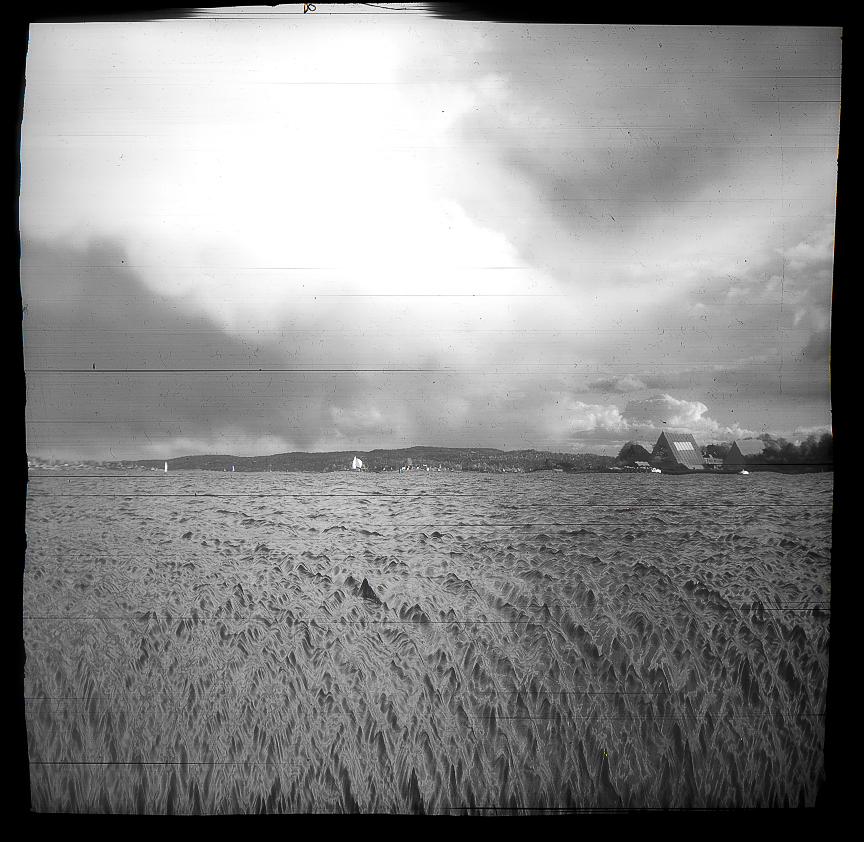this post was submitted on 28 Jul 2024
221 points (97.4% liked)
Photography
5283 readers
43 users here now
A community to post about photography:
We allow a wide range of topics here including; your own images, technical questions, gear talk, photography blogs etc. Please be respectful and don't spam.
founded 2 years ago
MODERATORS
you are viewing a single comment's thread
view the rest of the comments
view the rest of the comments

I'll add that frequencies above the Nyquist point fold into lower frequencies. So you need to filter out the higher frequencies with a low pass filter.
This isn't just for audio but any type of sampling frequencies. For example in video when you see wagon wheels going backwards, helicopter blades moving slowly, or old CRT displays where there is a big bright horizontal line sweeping. That's all frequency folding around half the frame rate.
It also applies to grids in images. The pixels in a display act a sample points and you get frequency folding leading to jagged lines. Because a line segment is a half cycle of a square wave with a period of twice the length.
When that segment is diagonal it become a two dimensional signal with even higher frequency components in each axes. This leads to jagged diagonal lines. This is called aliasing as the higher frequencies have an alies as lower frequencies.
So when you apply antialiasing in video games it's doing math to smear the signal along the two axis of the display. This makes a cleaner looking line.
I love the small insights into signal theory/processing generated by this image, this is really cool stuff! Thank you for chiming in.